5 Possible Reasons Your Squat Sucks
The squat is a must in any exercise program. This one movement can help you function better in your daily life, as well as improve total body strength. But poor squat form can leave you down a path of injuries and pain. Or maybe you’ve seen yourself in the mirror, and your squat depth could improve. Or perhaps you’re having difficulty upping that weight. So, what’s going on?
Well, it likely comes down to a few different factors. Below, we dig into the five reasons why your squat sucks—and how you can fix them.
1. Your shoes are the problem.
Many shoes can support or hinder proper squat technique. At the same time, this may depend on your body and body mechanics. Yet, you also don’t want to be wearing shoes designed for a whole other activity, such as running, since these shoes may lead to knee dominant squats or your knees tracking over your toes.
But this isn’t to say shoes with elevated heels don’t have their place in the squat world. In fact, if you have low ankle mobility, elevated shoes may help support your body in proper squat form and depth, which you may not be able to achieve otherwise. Thus, finding the right shoes for you and your body is essential.
Many lifters will find flat shoes support a natural squat (and also allow for a more hip dominant squat as opposed to placing pressure on their knees). Meanwhile, others may require slightly elevated heels to compensate for certain mobility issues. Some lifters may also opt for barefoot-styled shoes. Again, this really depends on your body and what feels comfortable, as well as what promotes good squat technique, for you.
2. You aren’t taking nutrition and lifestyle into account.
Lifting heavy and making progress in your squat requires support outside of your gym regime. This means taking your nutrition and lifestyle into consideration. If you’re not prioritizing your sleep, ultimately, your gym performance (and squat!) will suffer, as well your ability to recover between lifting sessions. Obtaining seven to nine hours of quality sleep a night is essential to make progress in the gym.
Your nutrition further gives your body the tools it needs to grow muscle and strength. In particular, you need to ensure you’re eating enough protein to fuel muscle synthesis and sufficiently recover. For most this means eating 0.8 grams of protein per kilogram of bodyweight (and even potentially more if you have big strength goals).
But protein isn’t the only nutrient that matters here. Sticking to a whole foods diet can ensure your body recieves enough healthy carbs and fats, along with micronutrients, to keep everything functioning as it should. Eating adequate calories is another important factor for gaining muscle and is never to be underestimated!
3. You lack hip or ankle mobility.
If you struggle with achieving a good squat depth, you might want to work on your hip and ankle mobility. This may mean performing certain stretches and mobility exercises to improve the range of motion in these joints.
For instance, hip mobility can be improved through foam rolling, pelvis and core control, piriformis stretches, groin stretches, and more. Ankle mobility an be improved through calf raises, calf stretches, and toe-to-heel walks. Add on these stretches or movements at the end of your lifting session to work on improving the range of motion in these joints, as well as your squat form!
4. You’re doing it wrong.
You need to master proper squat form before lifting heavier weights. If you don’t, you’re setting yourself up for injury and a lack of progress. So, what does proper form look like exactly?
Here’s how to perform a squat with top-notch technique:
- Stand with your feet shoulder-width apart and your toes pointing slightly outward.
- Brace your core and keep your chest up, then push your hips back and bend your knees to lower down.
- Make sure your knees aren’t caving inward or tracking over your toes. Pause when your thighs are parallel to the floor.
- Then, push back up through your heels to standing.
5. You aren’t bracing throughout the movement.
Bracing during a squat maintains tension throughout your lift and protects your lower back and spine. This keeps your body stable and upright, allowing you to squat without pain or issue. Yet, a lot of people get this wrong.
Many will pull their belly button into the spine. But instead of doing this, think about simply tightening through the stomach and expanding your belly when you breath in. A quick way to practice this before adding weight involves placing a hand on your stomach, breathing in, and ensuring your stomach pushes outward (rather than inward) for good bracing technique.
If you’re struggling with bracing, a lifting belt can actually help you do this and gives you something to push against. Ideally, you want to brace before lowering and throughout your entire squat.
Transform Your Squat Today!
Use the above tips to improve your squatting technique and progress this major lift. And remember, there’s no shame in going backwards to eventually push yourself forward. This means that you may need to lighten up your weight in order to get your form downpat before building back up. In turn, this will help you build the foundation you need to continue progressing with your squat!
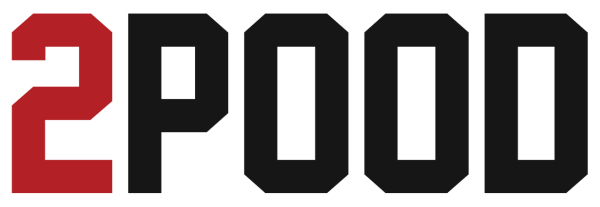


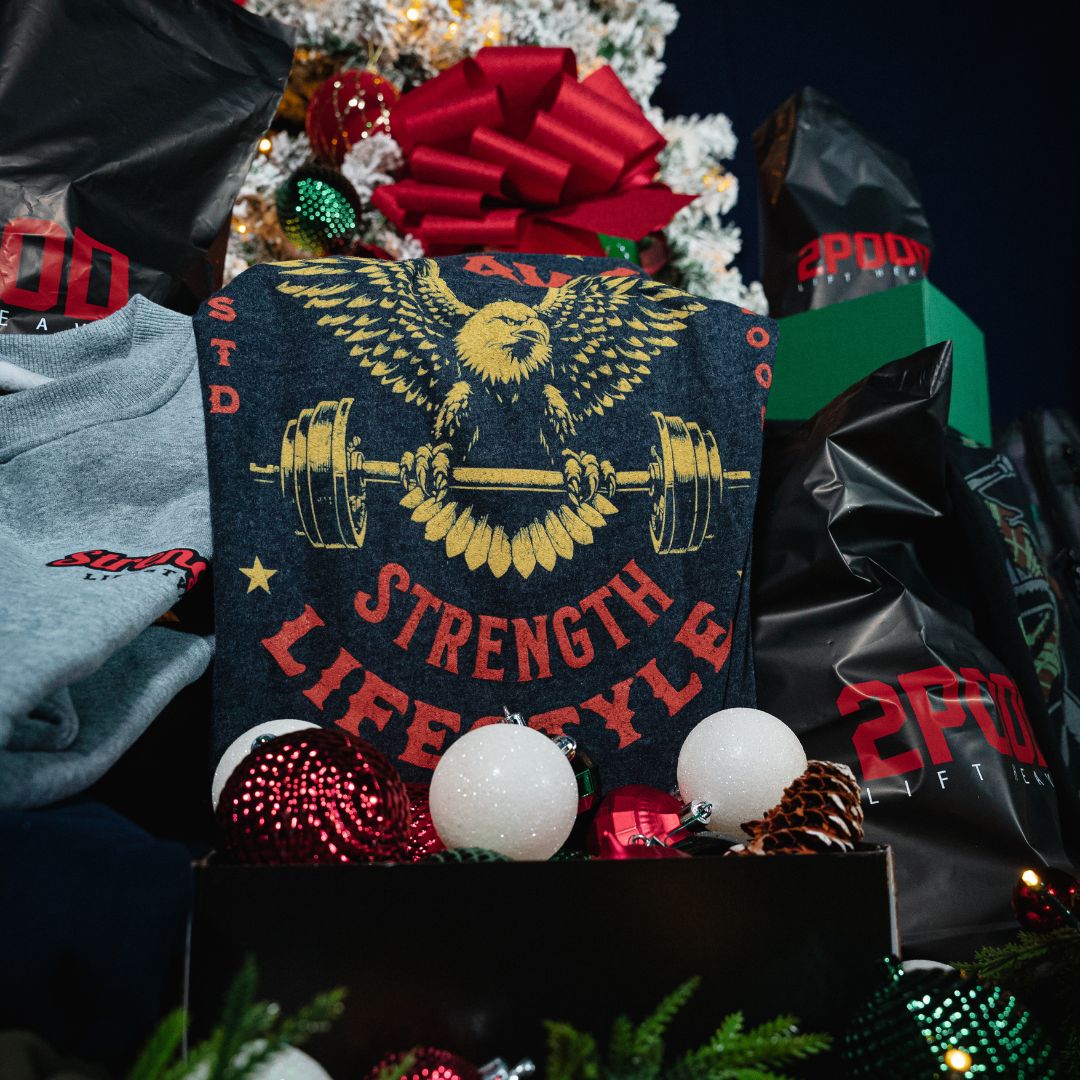

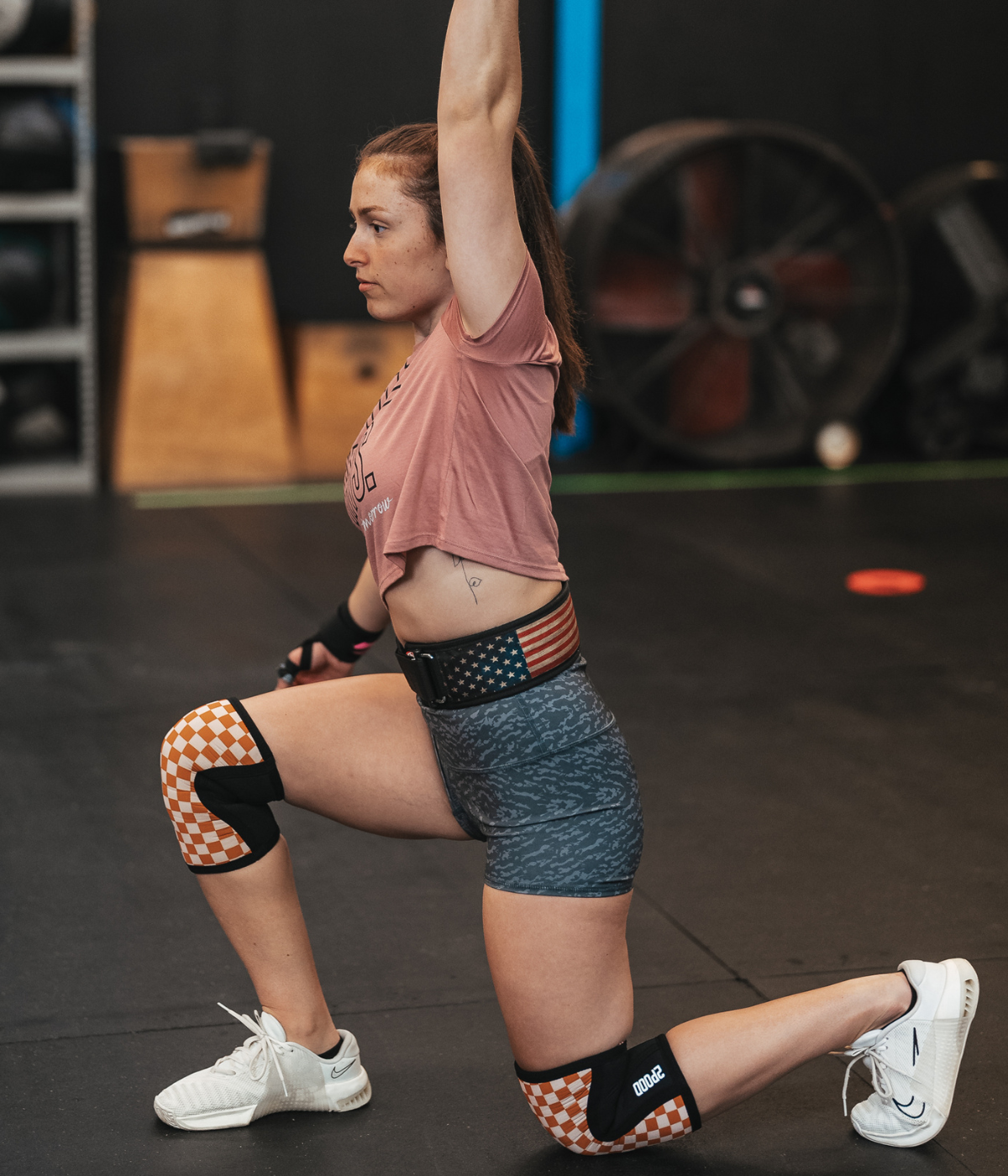







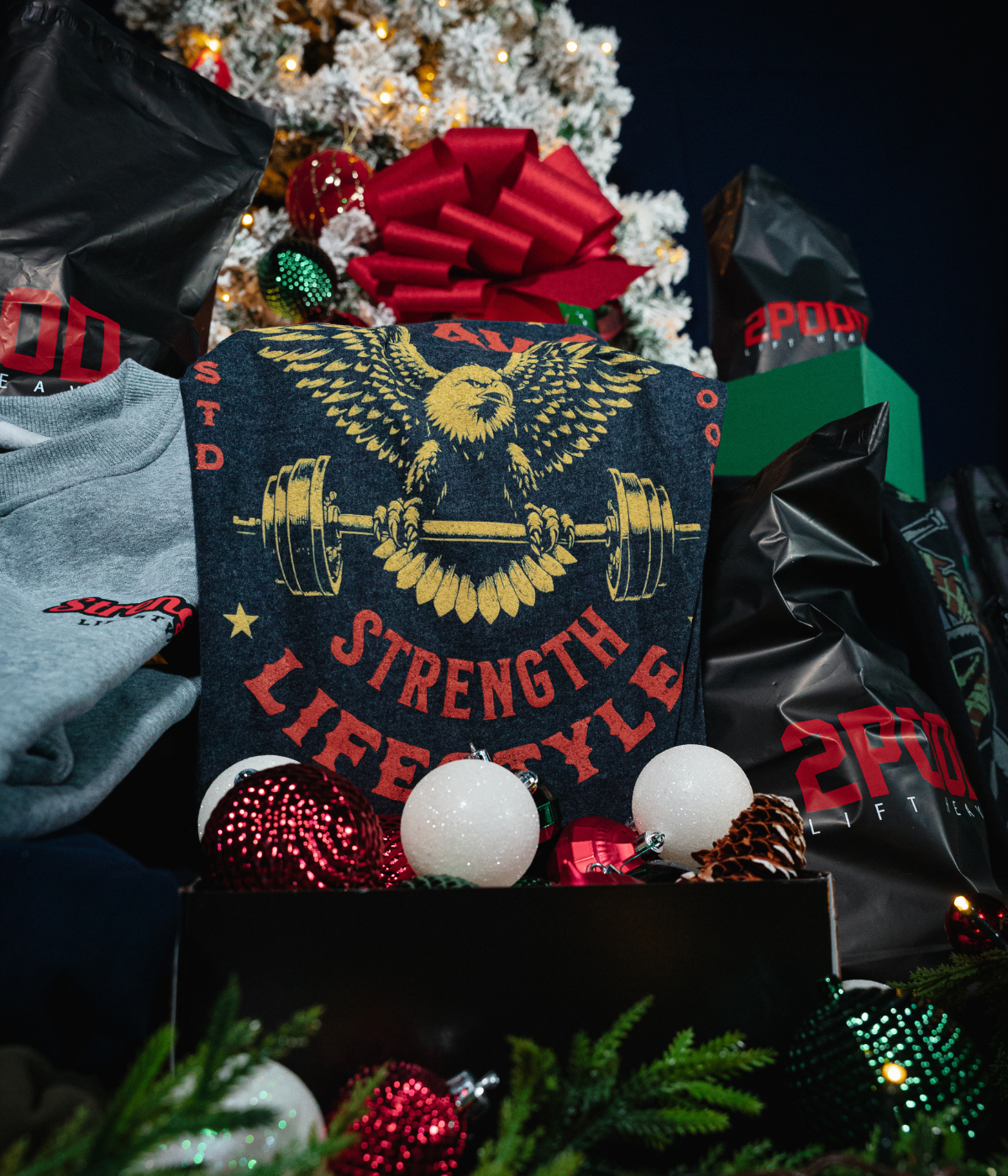

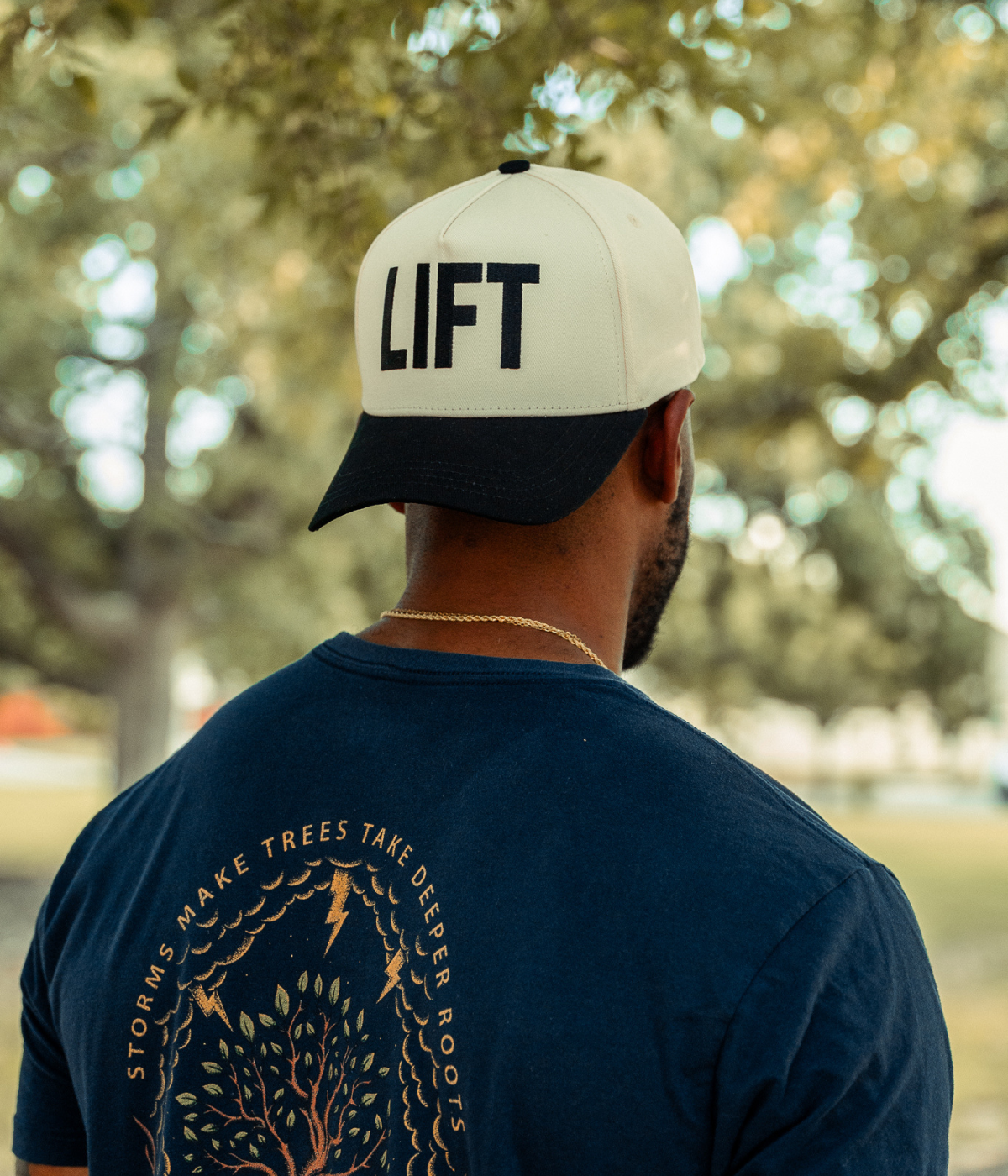
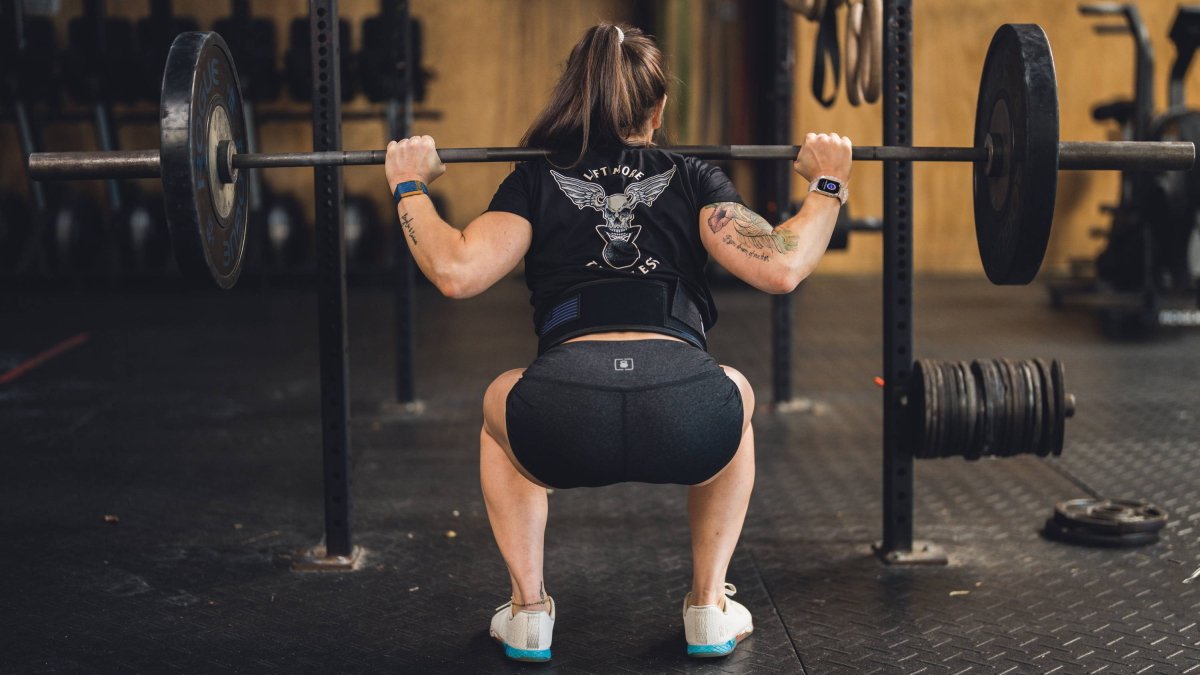
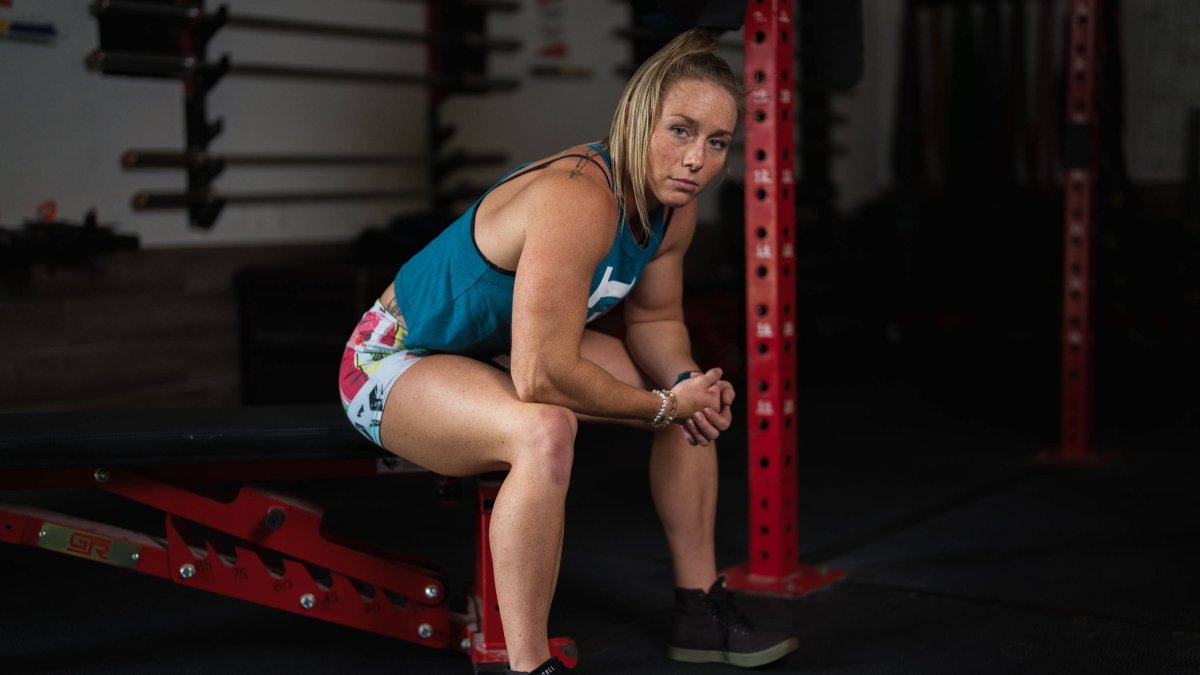
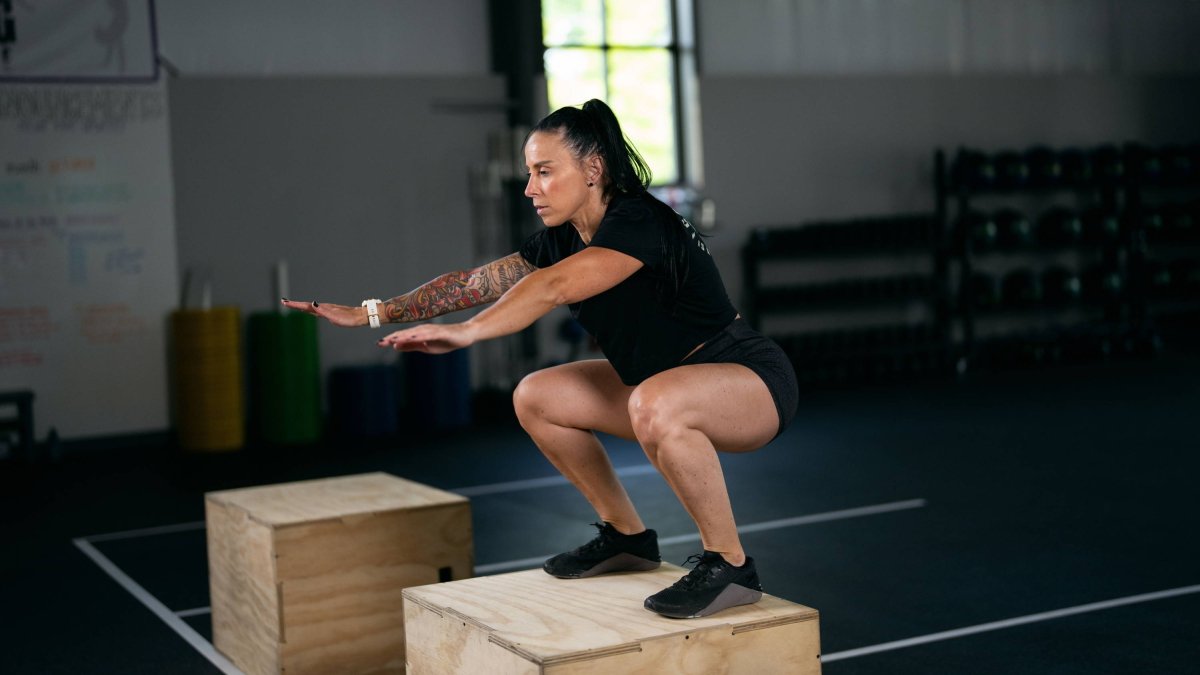
Leave a comment
All comments are moderated before being published.
This site is protected by hCaptcha and the hCaptcha Privacy Policy and Terms of Service apply.